Successfully Start, Transplant, Care For and Harvest Broccoli
Learning how to grow broccoli in your garden opens a world of culinary delights and nutritional benefits. Broccoli, a member of the Brassicaceae family, is not only a versatile and delicious vegetable but also a rewarding addition to any home garden. From its origins in the Mediterranean region and Asia to its widespread cultivation today, broccoli has captured the attention of gardeners and food enthusiasts alike. Keep on reading for all of the basic information you need to become a experienced broccoli grower!
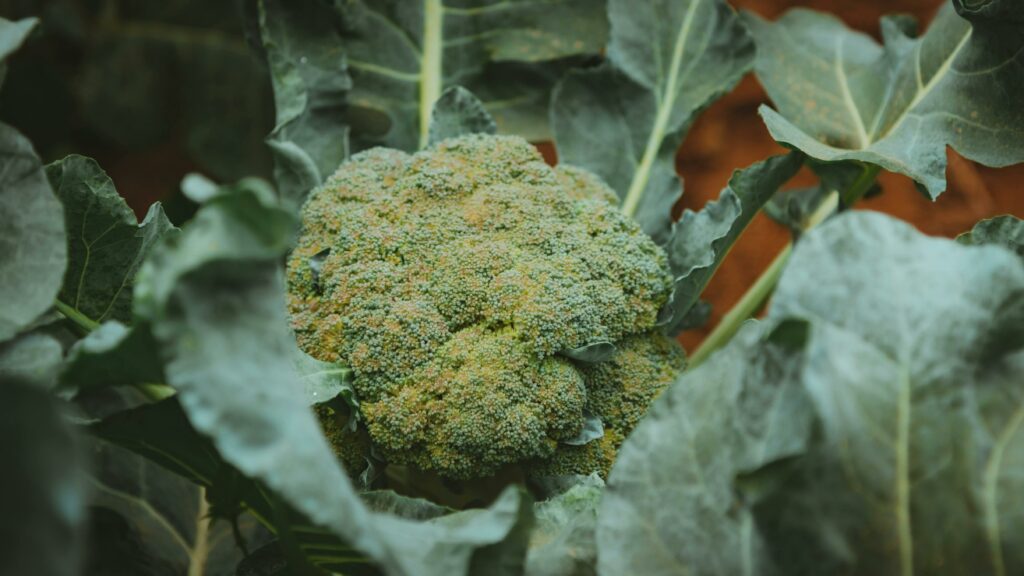
Common Name: Broccoli
Botanical Name: Brassica oleracea var. italica
Family: Brassicaceae
Plant Type: Broccoli is a versatile plant that can be grown as either a biennial or annual vegetable.
Size: Typically, broccoli plants range from 18 to 30 inches tall and 12 to 24 inches wide, depending on growing conditions.
Sun Exposure: Broccoli thrives in full sun, requiring at least 6 hours of direct sunlight per day for optimal growth and productivity.
Soil Type: Broccoli prefers moist, loamy soil that is well-drained to prevent waterlogging.
Soil pH: It grows best in soil with a neutral pH level.
Hardiness Zones: Broccoli can be grown in a wide range of climates, spanning from USDA hardiness zones 2 to 11.
Native Area: Originating from the Mediterranean region and Asia, broccoli has been cultivated for centuries and adapted to various environments worldwide.
Do some re-search to find which broccoli variety would be best for your climate. Seeds Now has a wide variety of broccoli seeds to choose from and well as free growing guides.

How to Grow Broccoli From Seed
Indoors!
When planning to grow broccoli, it’s best to start seeds indoors 6 -10 weeks prior to the last expected frost date, ensure you start earlier if your growing zone has a short growing season. For a continuous supply, consider starting multiple seedlings at different periods to provide a continuous supply. I personally don’t do this but I know people who do. It is also essential to ‘harden off’ broccoli before planting it outdoors. This is because the plants need time to adjust to the light and temperature difference! Planting broccoli mid-summer would provide a fall harvest for those that live in climates with a mild fall. Transplant the seedlings into the garden in late April or early May. Broccoli is able to survive through light frosts events so transplanting them in the garden earlier is just fine. These re-useable seedling pots from Amazon are what I use for all of my seed starting:
Broccoli thrives in cooler weather, resulting in tastier and healthier heads compared to those harvested in warmer months. Broccoli is a hungry plant, so it benefits from nutrient-rich soil. Before planting, incorporate some compost or fertilizer into the area where the broccoli will be planted.
PRO TIP: if you are using an indoor greenhouse, use a fan on your seedlings. Doing this will strengthen the stems of the plant. Therefor, giving it a better chance to survive outdoors.
Transplanting
How to Ensure a Smooth Transition From Nursery Pot to Ground
- Plant broccoli in rows spaced 18-24 inches feet in the garden (they branch out and grow quite large).
- Allow a spacing of 18 to 14 inches between individual plants within the rows.
- Adjust plant spacing according to desired head size and side shoot production. Greater spacing between plants results in larger heads but fewer side shoots. Whereas smaller spacing between plants would do the opposite.
- When growing a large plant such as broccoli, I recommend to add small amount of compost or organic fertilizer to the hole where the root ball will be placed. As a result, the plants have a better chance for success adjusting to the outdoors!
How to Harvest Broccoli
In the broccoli’s growth cycle, the initial harvest is the central flower head, resembling a green cauliflower. It’s the massive green broccoli head growing right in the center of the plant – you cant miss it, LOL. To harvest, use a sharp knife to cut it off at an angle, leaving 6 inches of stem intact. This encourages the growth of side shoots to develop. It’s essential to cut the head before it begins to separate. Once the head looks like its spreading out and separating – it’ll soon start to flower (and we don’t want that). Once the main central head is removed, smaller side shoots will continue to develop, providing a continual harvest. Keep in mind that these side shoots will be quite small and you’ll likely need multiple of them for a meal. Check out how to grow broccoli side shoots!
Pests & Diseases of Broccoli
How to Remedy When Something Goes Wrong
- Cabbage Loopers
- Symptoms: Cabbage looper larvae feed on older leaves, creating irregular holes; heads may be bored.
- Control/Prevention: treat with Neem oil.
- Aphids
- Symptoms: Curled, misshapen/yellow leaves; distorted flowers/fruit; sticky “honeydew” (excrement); sooty, black mold.
- Control/Prevention: Grow companion plants; knock off with water spray; apply insecticidal soap; put banana or orange peels around plants; wipe leaves with a 1 to 2 percent solution of water and dish soap (no additives) every 2 to 3 days for 2 weeks; add native plants to invite beneficial insects (such as ladybugs).
- Diamondback Moth Caterpillars
- Symptoms: Small holes in leaves; rapid movement when disturbed.
- Control/Prevention: Rainfall or daily overhead sprinkle irrigation; use insecticides; remove plant debris.
- Armyworms
- Symptoms: Leaf damaged by armyworms; large, ragged holes in leaves from larval feeding; defoliation; stunted or bored heads; excrement.
- Control/Prevention: Handpick off plants; use products containing Bacillus thuringiensis (Bt); use row covers; remove plant debris at end of season.
- Cabbage Webworms
- Symptoms: Webbing on buds, growing tips, midribs of leaves, main stem, and stalk; feeding damage inside webs.
- Control/Prevention: Treat with Bacillus thuringiensis; use floating row covers.
- Cabbage Root Maggots
- Symptoms: Wilted/stunted plants; off-color leaves; larvae feeding on roots.
- Control/Prevention: Use collars around seedling stems; monitor adults with yellow sticky traps; use row covers; destroy crop residue; till soil in fall; plant strong, healthy seedlings.
- Imported Cabbageworms
- Symptoms: Devouring of foliage, preventing head formation; burrowing into broccoli heads.
- Control/Prevention: Encourage natural enemies; use Bacillus thuringiensis.
- Flea Beetles
- Symptoms: Tiny holes in leaves; young plants and seedlings most susceptible.
- Control/Prevention: Use row covers until plants are established; apply neem oil.
- Harlequin Bugs
- Symptoms: Yellow or white blotches on plant tissue; wilting and browning of plants.
- Control/Prevention: Handpick bugs; thorough fall cleanup; avoid insecticides.
- Whiteflies
- Symptoms: Yellowing, shriveling, premature dropping of leaves; sap-sucking weakening of plants.
- Control/Prevention: Sticky traps, insecticidal soap, Neem oil
Growing Broccoli Isn’t as Hard as You’d Think
Growing broccoli can be a rewarding experience for gardeners of all levels. By following the tips and techniques outlined in this guide, you can successfully cultivate healthy and bountiful broccoli crops in your garden. From selecting the right varieties and preparing the soil to managing pests and diseases, each step plays a crucial role in the success of your broccoli plants.
Remember, broccoli thrives in cooler weather and benefits from nutrient-rich soil. Regular monitoring for pests and diseases, along with timely intervention, will help ensure a productive harvest. By practicing proper care and maintenance, you can enjoy the satisfaction of harvesting fresh, homegrown broccoli packed with flavor and nutrients.
So, roll up your sleeves, dig into the earth, and enjoy the process of learning how to grow broccoli. With patience, dedication, and a bit of green-thumb know-how, you’ll soon be enjoying the delicious rewards of your labor straight from the garden to your table. Happy Gardening!
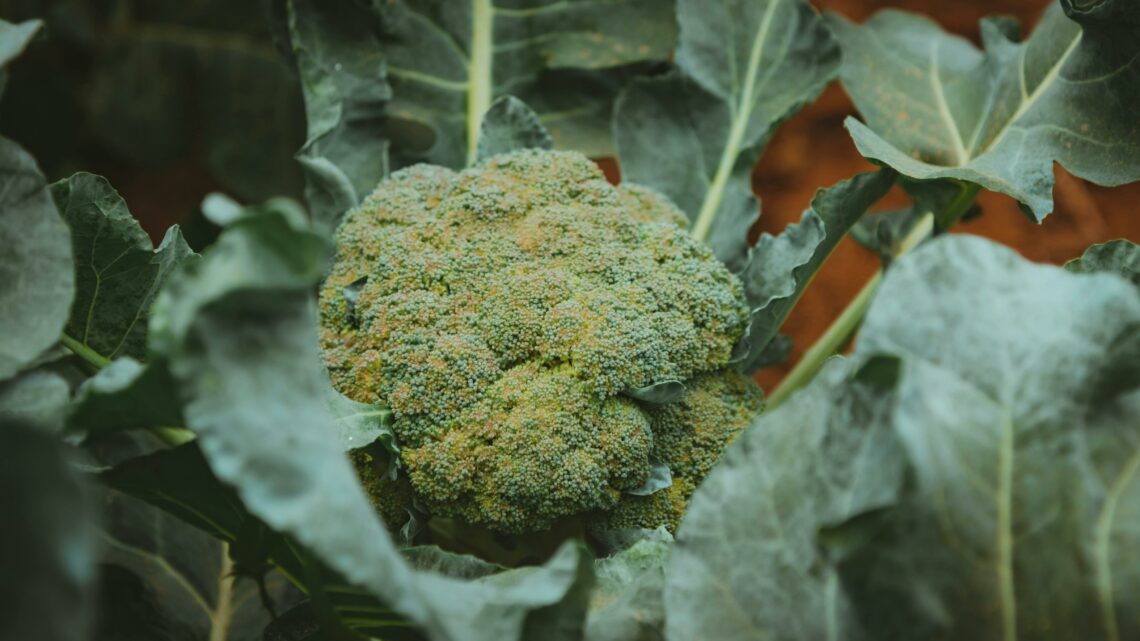
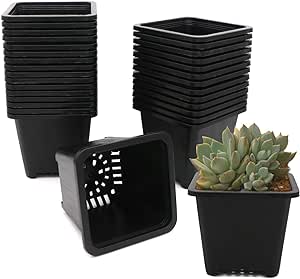
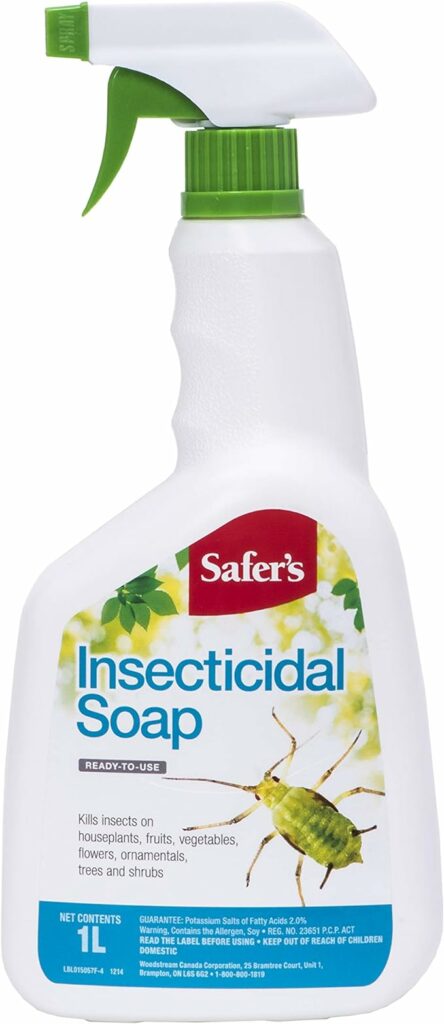

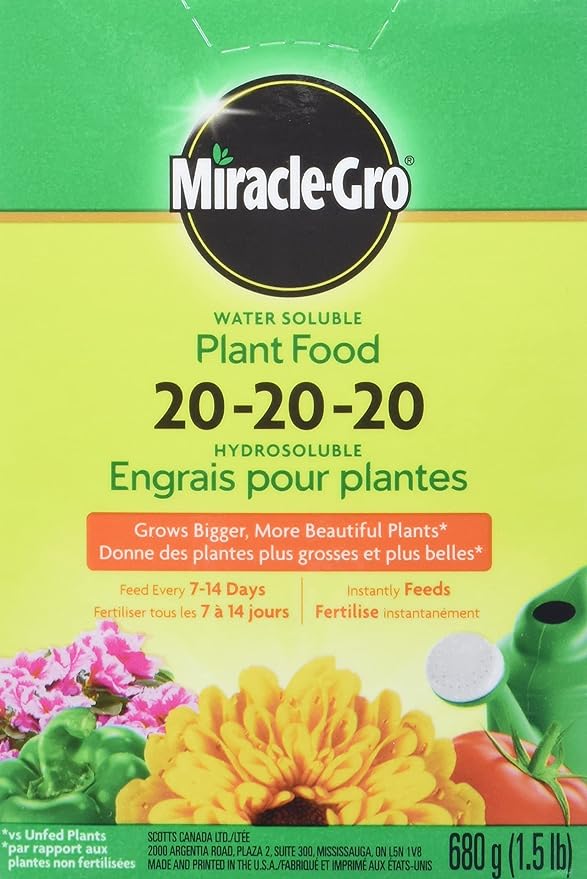
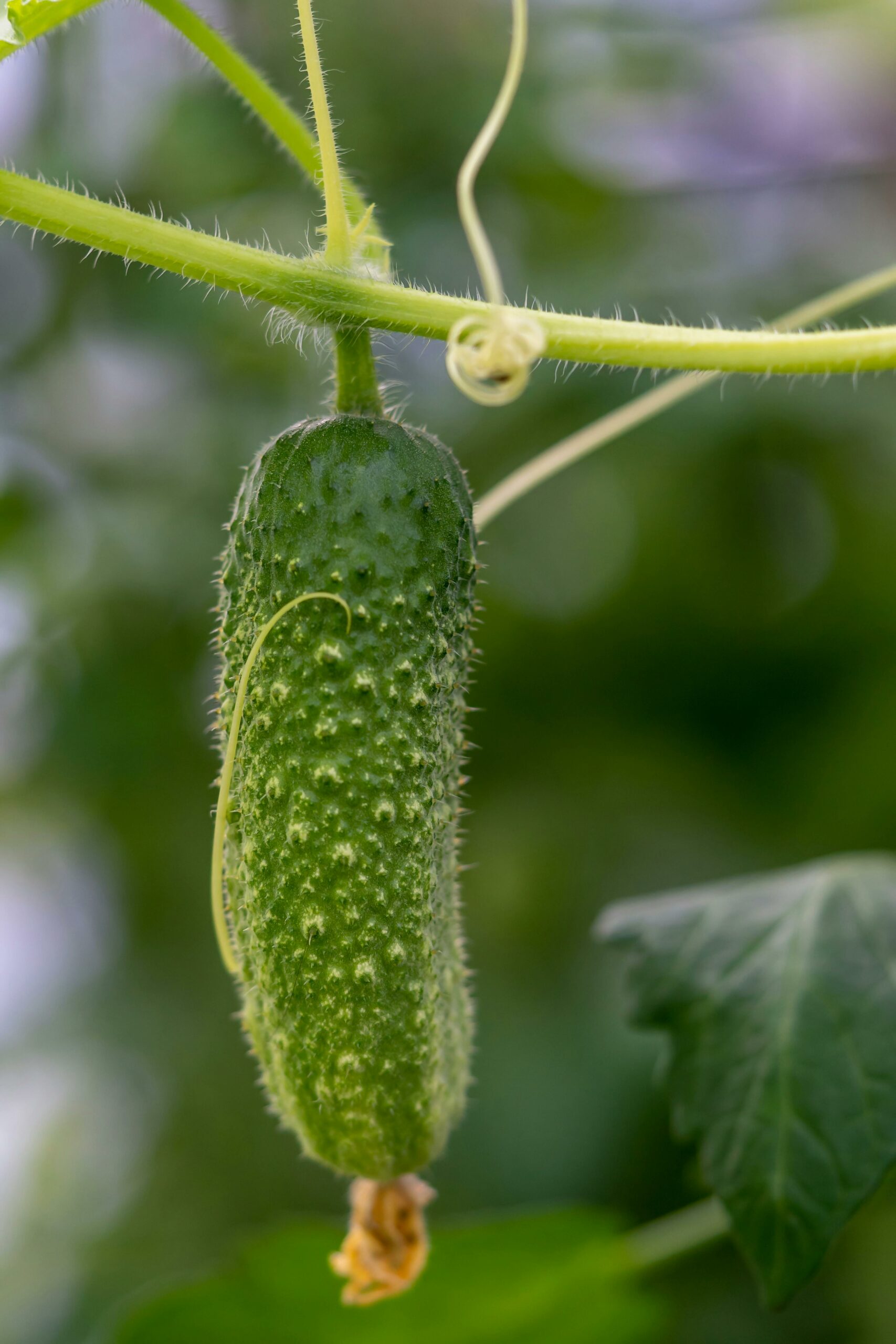

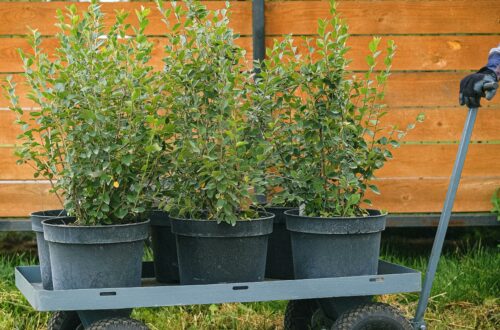
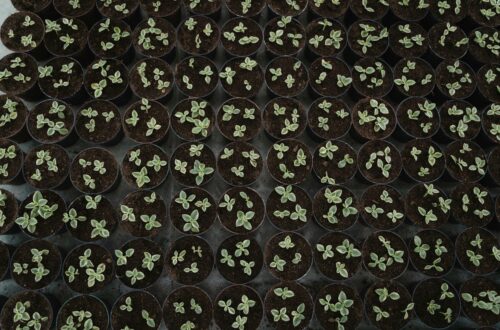
One comment on “Broccoli – How to Grow From Seed”